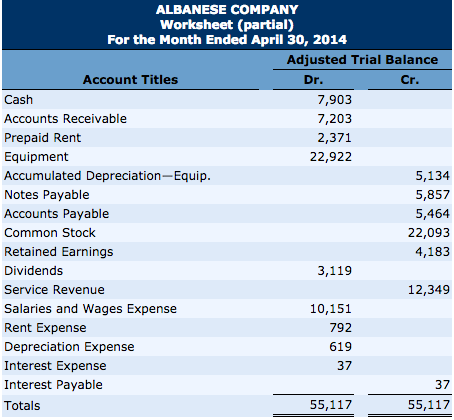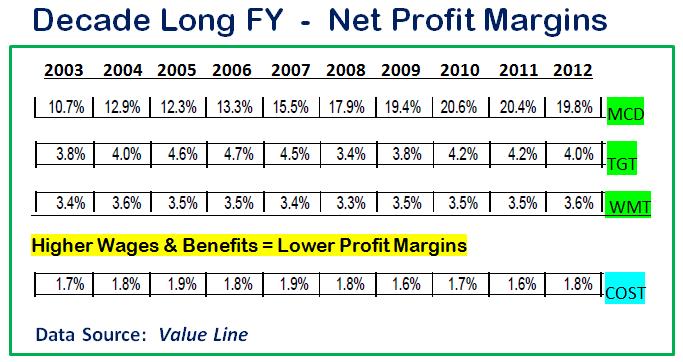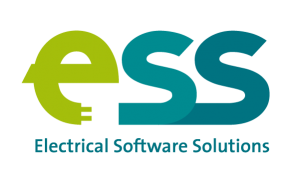Content

Every finance department knows how tedious building a budget and forecast can be. Integrating cash flow forecasts with real-time data and up-to-date budgets is a powerful tool that makes forecasting cash easier, more efficient, and shifts the focus to cash analytics. It is important to note that none of these uses are mutually exclusive.
- Like any shareholder, a company can not only issue additional shares in the form of a share dividend but can also purchase shares of their own in the marketplace.
- It is a liability that appears on the company’s balance sheet.
- A dividend’s value is determined on a per-share basis and is to be paid equally to all shareholders of the same class (common, preferred, etc.).
- However, companies can declare dividends whenever they want and are not limited in the number of annual declarations.
- Existing shareholders will receive the dividend even if they sell the shares on or after that date, whereas anyone who bought the shares will not receive the dividend.
When dividends are paid, the impact on the balance sheet is a decrease in the company’s dividends payable and cash balance. When a board of directors decides that earnings should be retained, they have to account for them on the balance sheet under shareholders’ equity. Effectively, the funds accumulated from net earnings just remain in retained earnings until the time the board decides to pay out dividends. Generally, a capital gain occurs where a capital asset is sold for an amount greater than the amount of its cost at the time the investment was purchased. A dividend is a parsing out a share of the profits, and is taxed at the dividend tax rate. If there is an increase of value of stock, and a shareholder chooses to sell the stock, the shareholder will pay a tax on capital gains .
AccountingTools
This ensures the value on your Balance Sheet Report relates to the current financial year only. The announced dividend, despite the cash still being in the possession of the company at the time of the announcement, creates a current liability line item on the balance sheet called “Dividends Payable”. The dividend payout and retention ratios offer insight into how much of a firm’s profit is distributed to shareholders versus retained.

The related journal entry is a fulfillment of the obligation established on the declaration date – 30th July; it reduces the Dividends Payable account and the Cash account . Is the date on which the dividends become a legal liability, the date on which the board of directors votes to distribute the dividends. Cash dividends become liabilities on the declaration date because they represent a formal obligation to distribute economic resources to shareholders.
Types of Dividends
StockholdersA stockholder is a person, company, or institution who owns one or more shares of a company. They are the company’s owners, but their liability is limited to the value of their shares. Payment date – the day on which dividend cheques will actually be mailed to shareholders or the dividend amount credited to their bank account.

Financial assets with known market value can be distributed as dividends; warrants are sometimes distributed in this way. For large companies with subsidiaries, dividends can take the form of shares in a subsidiary company. A common technique for “spinning off” a company from its parent is to distribute shares in the new company to the old company’s shareholders.
Drive Business Performance With Datarails
Get instant access to video lessons taught by experienced investment bankers. Learn financial statement modeling, DCF, M&A, LBO, Comps and Excel shortcuts. Dividends that were declared but not yet paid are reported on the balance sheet under the heading current liabilities. A full stock issue can be either a preferred share or common share.
- Dividend declaration dates are often made well in advance of the actual payment date.
- In the form of the assets of the company like real estate, plant & machinery, etc.
- Failure to pay dividend has some serious consequences for the board members and the company.
- Stock dividends do not result in asset changes to the balance sheet but rather affect only the equity side by reallocating part of the retained earnings to the common stock account.
- Thus, if the company pays $2.45 in dividends per share and the current price per share is $35, the dividend yield is 7%.
- As you can see in the visual below, when the company records the dividend, current liabilities increase, which cause net working capital to decrease.
The carrying value of the account is set equal to the total dividend amount declared to shareholders. Once a proposed cash dividend is approved and declared by the board of directors, a corporation can distribute dividends to its shareholders. It is not uncommon for companies with an established history to pay dividends. It is also not uncommon for companies that are still in the growth stages, to choose to reinvest excess funds in the company rather than pay out dividends to its investors. It should be noted that some companies use separate accounts called “Dividends, Common Stock” and “Dividends, Preferred Stock” rather than retained earnings to record dividends declared. After cash dividend payments are made there are no separate dividend or dividend-related accounts left on the balance sheet.
A common stock dividend distributable appears in the shareholders’ equity section of a balance sheet, whereas cash dividends distributable appear in the liabilities section. To understand why, you have to understand the accounting behind stock dividends. Usually, stockholders receive dividends on preferred stock quarterly. Such dividends—in full or in part—must be declared by the board of directors before paid. In some states, corporations can declare preferred stock dividends only if they have retained earnings at least equal to the dividend declared. In companies that are mature, it is common for management to make regular shareholder distributions, either in the form of cash dividends or stock dividends.
Unpaid declared dividends other than stock dividends should be presented as current liabilities. However, if the dividend is payable in kind from noncurrent assets, the reporting entity should present it as a noncurrent liability. Dividend declaration dates are often made well in advance of the actual payment date. This gives the company time to research the number of shareholder’s on record to which the company must pay a dividend. On the day the company actually sends dividend checks to its investors, it records the payment in the general ledger by debiting the dividends payable account. This decreases the amount of money in the dividends payable account.
Dividends Payable Journal Entry [Debit-Credit]
Which of the following items would not reduce retained earnings? Cash$50,000Since the cash dividends were distributed, the corporation must debit the dividends payable account by $50,000, with the corresponding entry consisting of the $50,000 credit to the cash where do dividends go on a balance sheet account. The dividend declaration, ex-dividend, date of record and payment dates are the four significant dates when it comes to dividends. For accounting purposes, the dividend dates that are of importance are the declaration date and the payment date.
- The first entry is done at the time of creating liability and another while paying off that liability.
- If you choose to give profits to your shareholders, this is called a dividend.
- This differentiates it from a payment for a service to a third-party vendor, which would be considered a company expense.
- The legality of a dividend generally depends on the amount of retained earnings available for dividends—not on the net income of any one period.
- The above entry reduces the retained earnings balance and creates a dividend liability for the company.

